A practical guide for architects, builders, home inspectors and discerning homeowners.
Introduction
The roof is the shield of a building—protecting, defining, and shaping the character of a structure. Among popular roofing materials, asphalt shingles offer affordability and durability, yet even the most carefully installed roof eventually succumbs to time, weather, and structural stress. Recognizing the early signs of failure is not merely practical; it is imperative to overall functionality and long term cost savings.
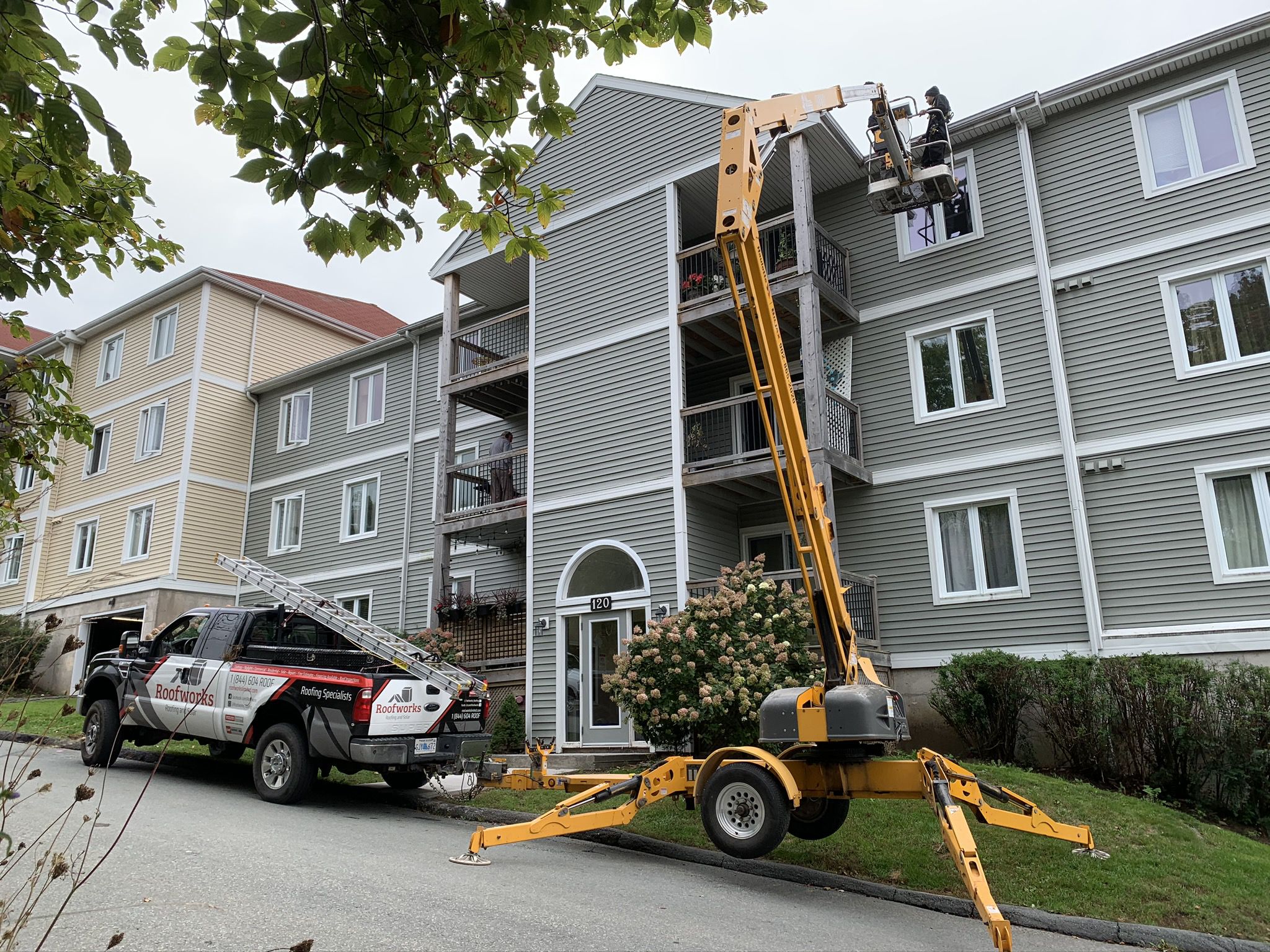
Quick Tip: Regular roof inspections can extend the life of your shingles and prevent costly repairs. Roofs often get forgotten about until a more serious issue presents itself. Annual or bi annual inspections can often save thousands in emergency repairs.
Curling, Buckling, and Missing Shingles
Visual Cue: Shingles that lift at the edges, form claw-like cupping, or are entirely absent.
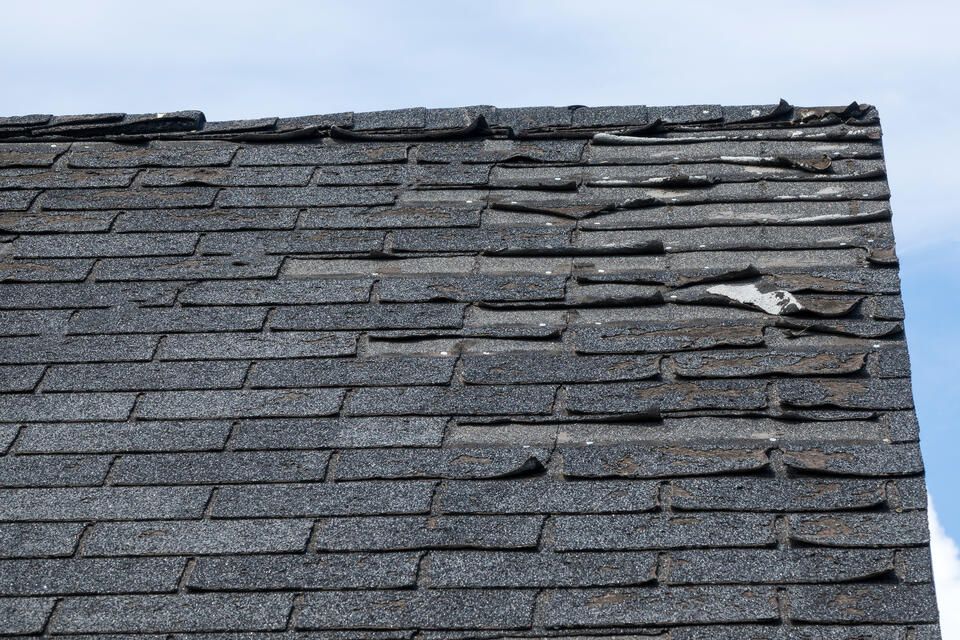
Curling or buckling shingles are rarely aesthetic concerns alone—they often signal ventillation issues, moisture infiltration, UV damage, compromised adhesives and a general degredation of the roofing system. Missing, cupping or curling shingles expose the underlayment (if any) to rain and wind, accelerating degradation by allowing wind driven rain to be trapped in the system, causing fasteners to rust and potentially leading to leaks/mold.
Inspection Tip: Walk the perimeter after storms. Even one missing shingle can indicate broader vulnerabilities. Usually if your roof is within it's acceptable safe working age (20-25) years, insurance companies can cover the cost of major repairs. If you notice wind damage, usually in the form of missing shingles and typically near the peak of roofs, you can have a substantial portion if not all of the costs covered. Provided wind damage is a clause in your policy.
Granule Loss
Visual Cue: Accumulated granules in gutters or bald patches on shingles.
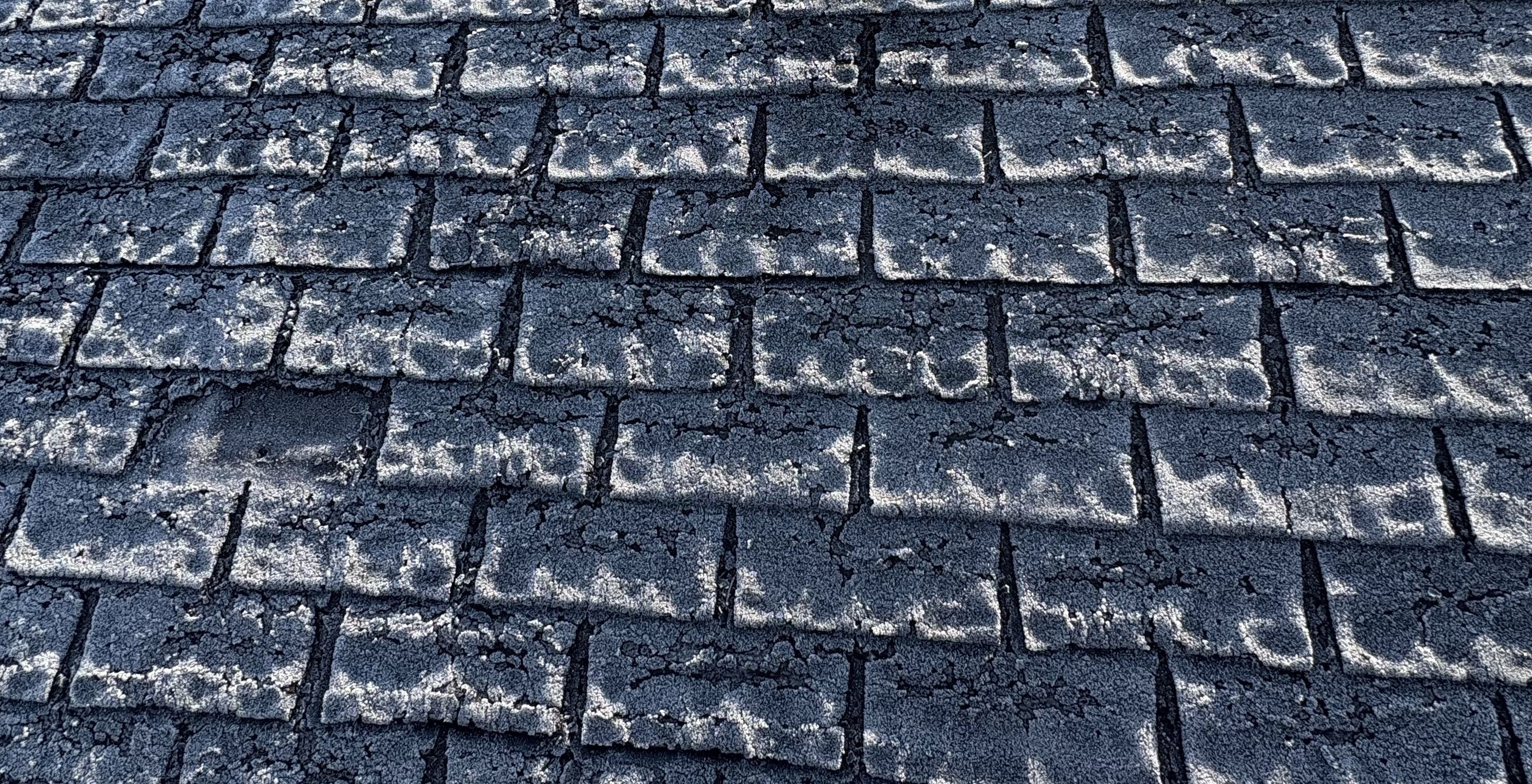
Granules are the first line of defense against UV rays and weathering. As shingles age, granules wash away, leaving the asphalt layer vulnerable. (Think of how a roadyway dries and cracks) It's a subtle sign that repairs/replacement may be imminent. Other issues can arise from this: certain type of birds, mainly pigeons will feast on the loose granules to aid in their digestion. Once pigeons have claimed your roof as home, it usually attracts more. This leads to even further roof degredation due to piegon droppings and pigeons pecking at the roof granules.
Architectural Note: Granule loss often precedes other forms of shingle deterioration; catching it early can prevent secondary issues.
Quick Tip: If you notice pigeons or other birds nesting on your roof, it's imperative to have it dealt with, not only from an integrity of the roof system standpoint but a health and safety standpoint as well. Pigeon droppings can carry many forms of bacteria and can be inhaled through open windows and transported by rain.
Stains and Watermarks
Visual Cue: Dark or light colored streaks, irregular discoloration, or damp spots along the roof surface.
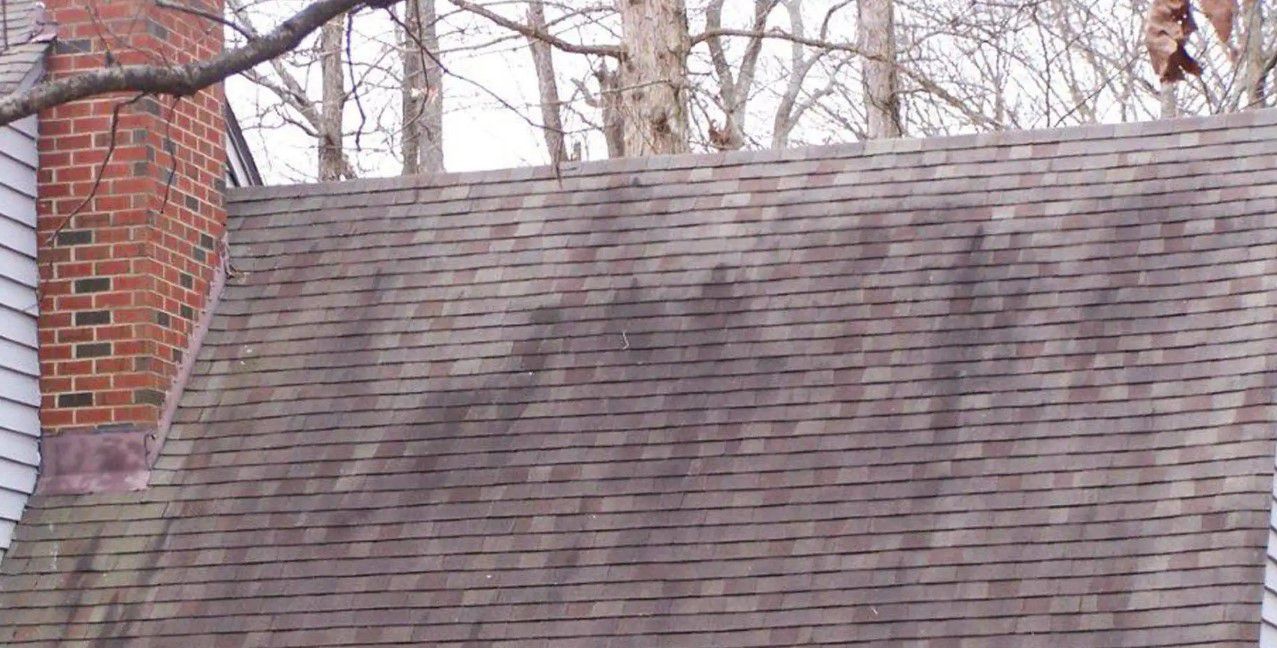
Their are a myriad of reasons for persistent stains. It can often suggest moisture accumulation beneath shingles due to improper roof installation, inadequate ventillation/vapor retarders/barriers, missing or failing underlayment, deteriorting flashings or flashings of dissamilar metals, algae growth or the bi products from chimney flues. These visual signals often precede interior damage, it can be a warning system to initate further investigation.
Pro Tip: Check attic spaces for water stains or mold—if algea or moss is growing on the roof, it's a good practise to remove it as it will hold excess moisture and further degrade the asphalt. This is caused by the oils in the asphalt leaching, oil naturally will float on top of water so keeping your roof free off moss/agea is a good practice. This applies to all asphalt roofs, pitched and flat. The roof can be cleaned with a gentle process/cleaners, overhanging tree limbs removed and installion of zinc strips to help prevent continued moss growth. If staining is severe and prolonged it could be a sign of roof fasteners rusting and negatively effecting their holding strength. A thorough roof inspection would be required to determine the exact cause of staining and impliment a strategy for repairs.
Sagging Roof Decks
Visual Cue: Bowing sections or uneven slopes across the roof plane.
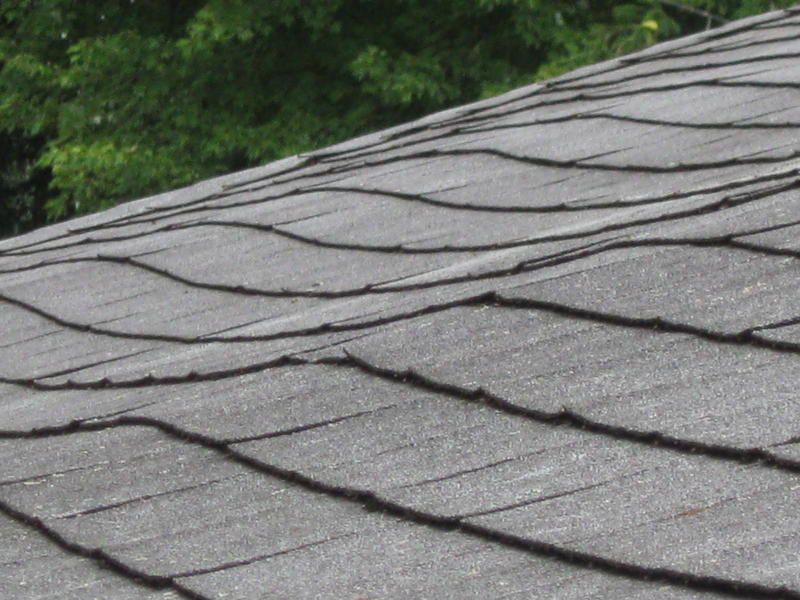
A sagging roof indicates structural stress, often from prolonged moisture, inadequate ventillation or inadequate roof decking. Unlike cosmetic wear, this is a critical failure point. Addressing sagging early preserves both safety and architectural integrity.
Safety Reminder: Sagging roofs should be evaluated by a professional immediately—structural compromise can be sudden and severe, especially during winter months or hurricane seasons when heavy snow loads/winds can be present.
Ice Dams and Ventilation Concerns
Visual Cue: Ice buildup along eaves, valleys, roof transitions or roof penetrations such as chimneys, pipes or skylights.
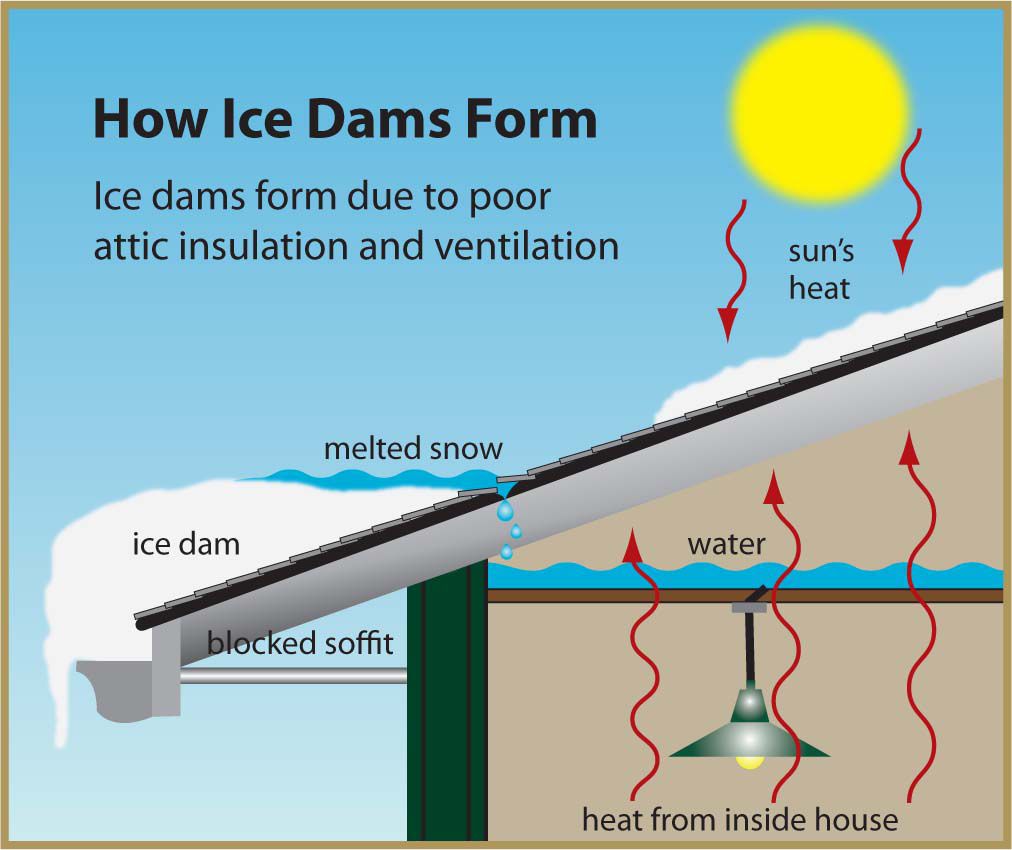
In cold climates, ice dams force water beneath shingles, accelerating rot. Poor ventilation can exacerbate shingle deterioration and reduce energy efficiency by soaking your attic insulation. Effective roof design requires attention to both material selection and environmental adaptation.
Design Insight: Proper ventilation, insulation and vapor barriers combined with high-quality shingles and appropriate underlay ensures longevity and protects the building envelope.
Pro Tip: If you notice large icicles or thick ice forming on your roof, it could be a sign of further problems. Not only can overhanging icicles be a danger to people/property below, they can damage gutter systems. If your area experiences high levels of snow accumulation, followed by multiple freeze thaw cycles you may experience ice daming on your roof. It's advisable to have a professional remove large amounts of snow and ice from your roof to prevent this and also any structural strain on the roof assembly.
Conclusion
A shingle roof is an architectural element as much as it is functional. By recognizing signs like curling shingles, granule loss, staining, sagging, and ventilation problems, homeowners and design professionals can intervene proactively—preserving structural integrity and aesthetic appeal.
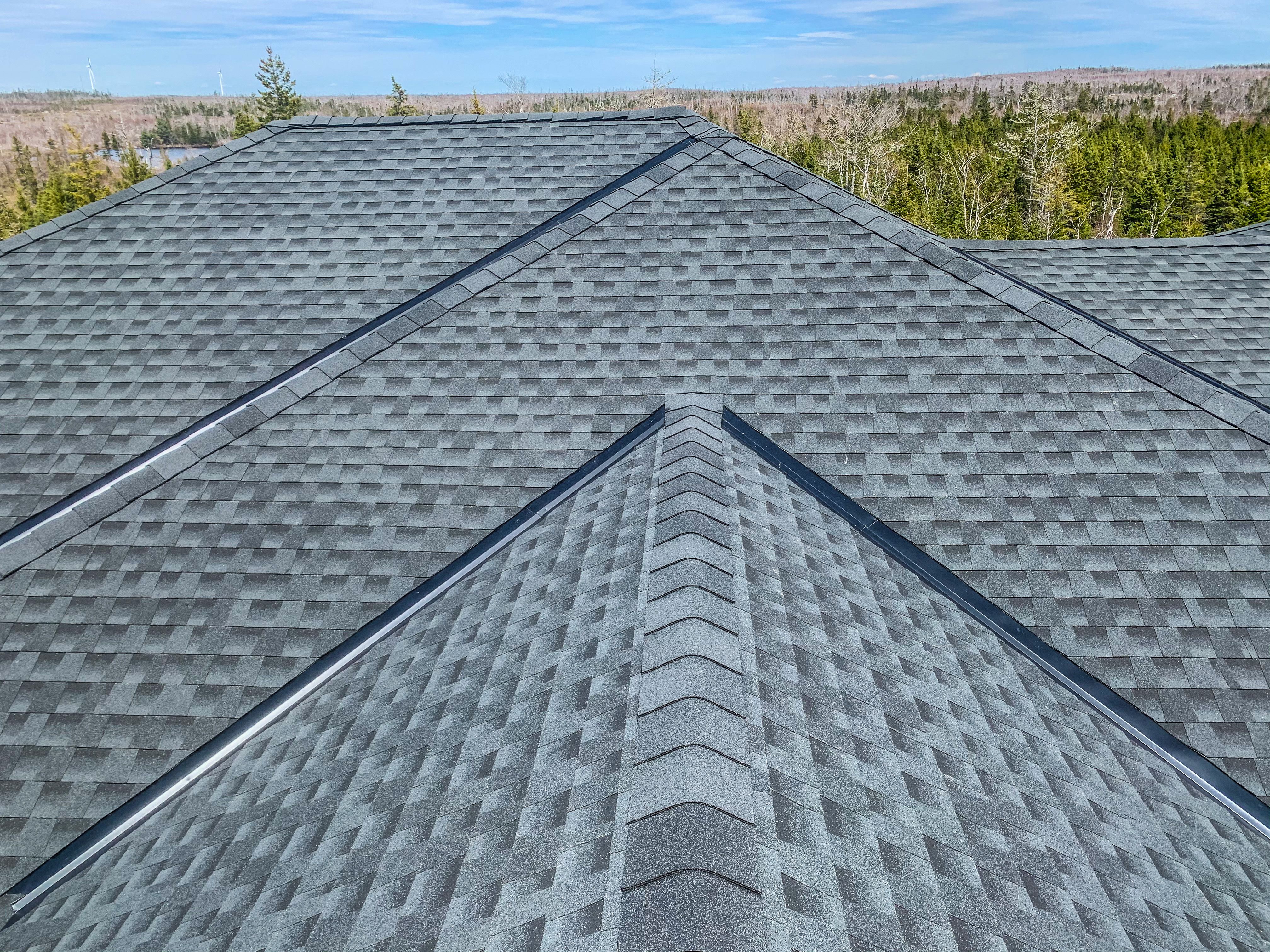
Final Note: As much as I, myself, gripe about the costs of maintaing things, foresight, taking action and proper design are all key elements to the longevity of your roofing system. If one part is failing, it can lead to multiple other failures. One failure alone usually isn't enough to cause major issues. However one failure left unchecked, which leads to two and three system failures will almost inevitably lead to a more severe and sometimes catastrophic failure, requiring extensive repairs and costs associated, and almost always in excess of what regular repairs and maintenance would have been.
Observe, inspect, and act early—your roof is speaking; are you listening?




